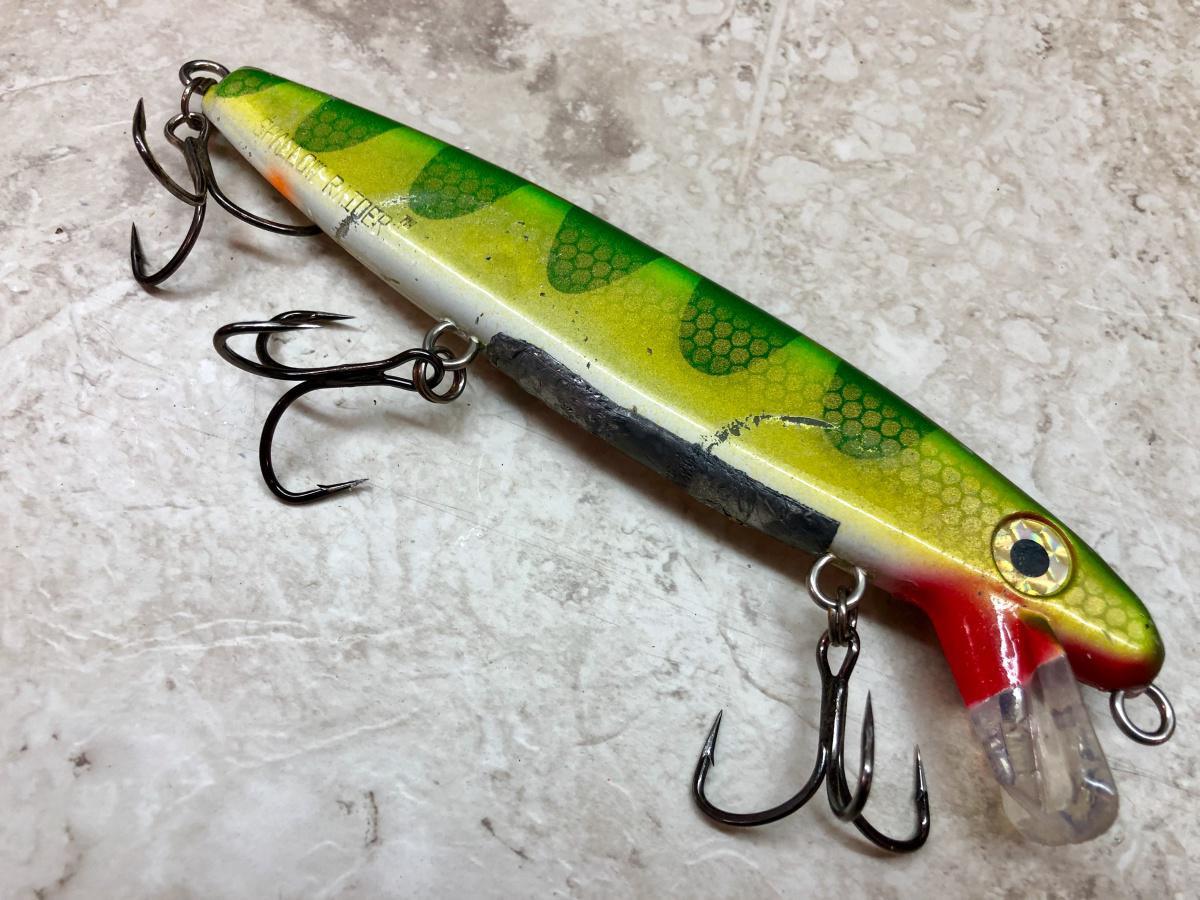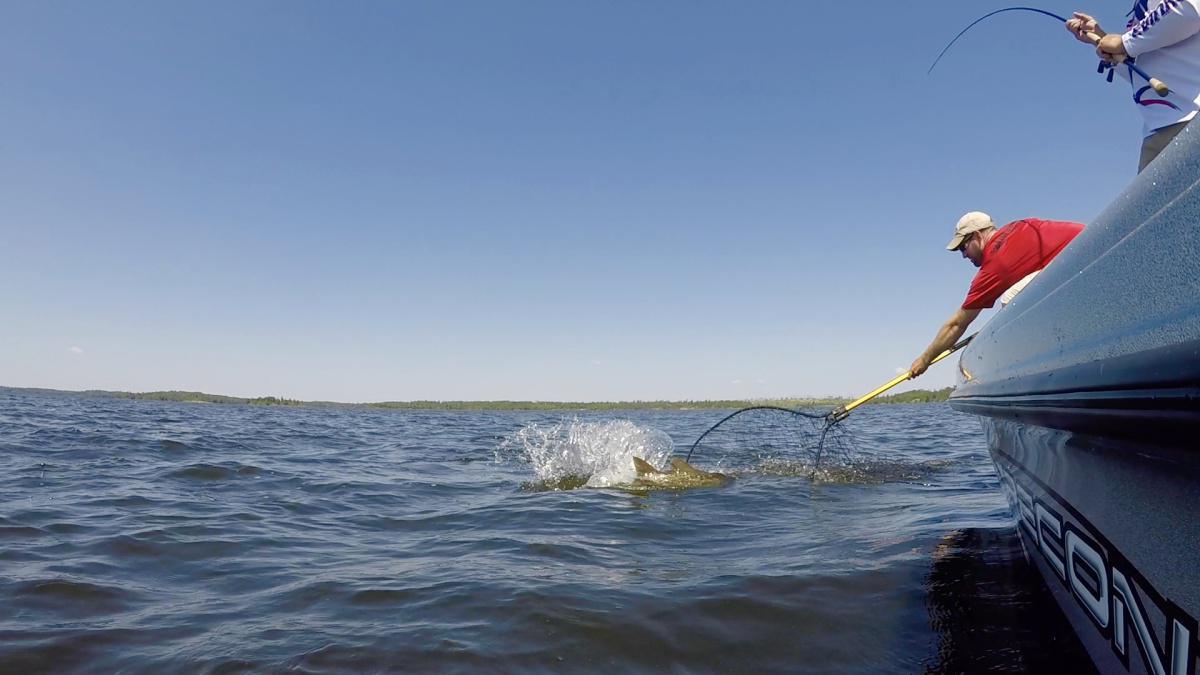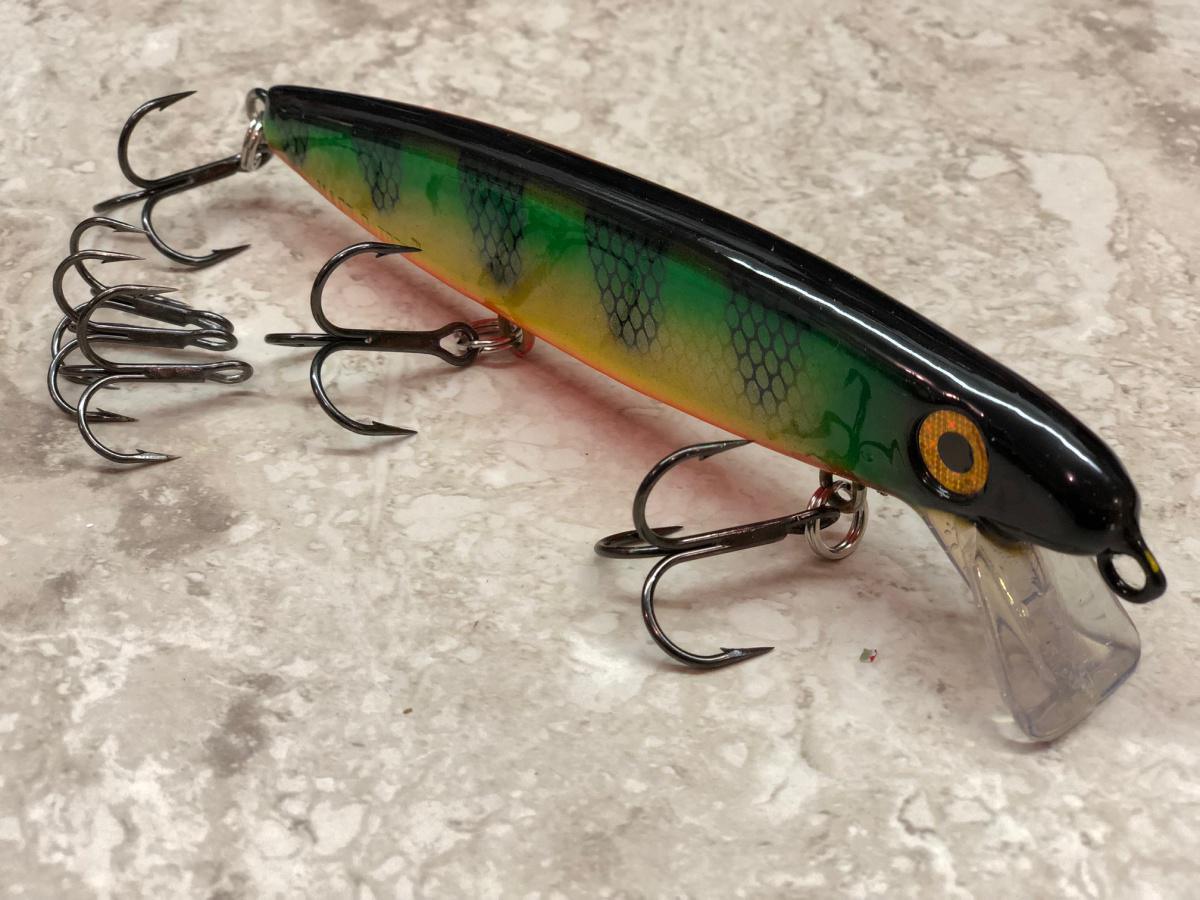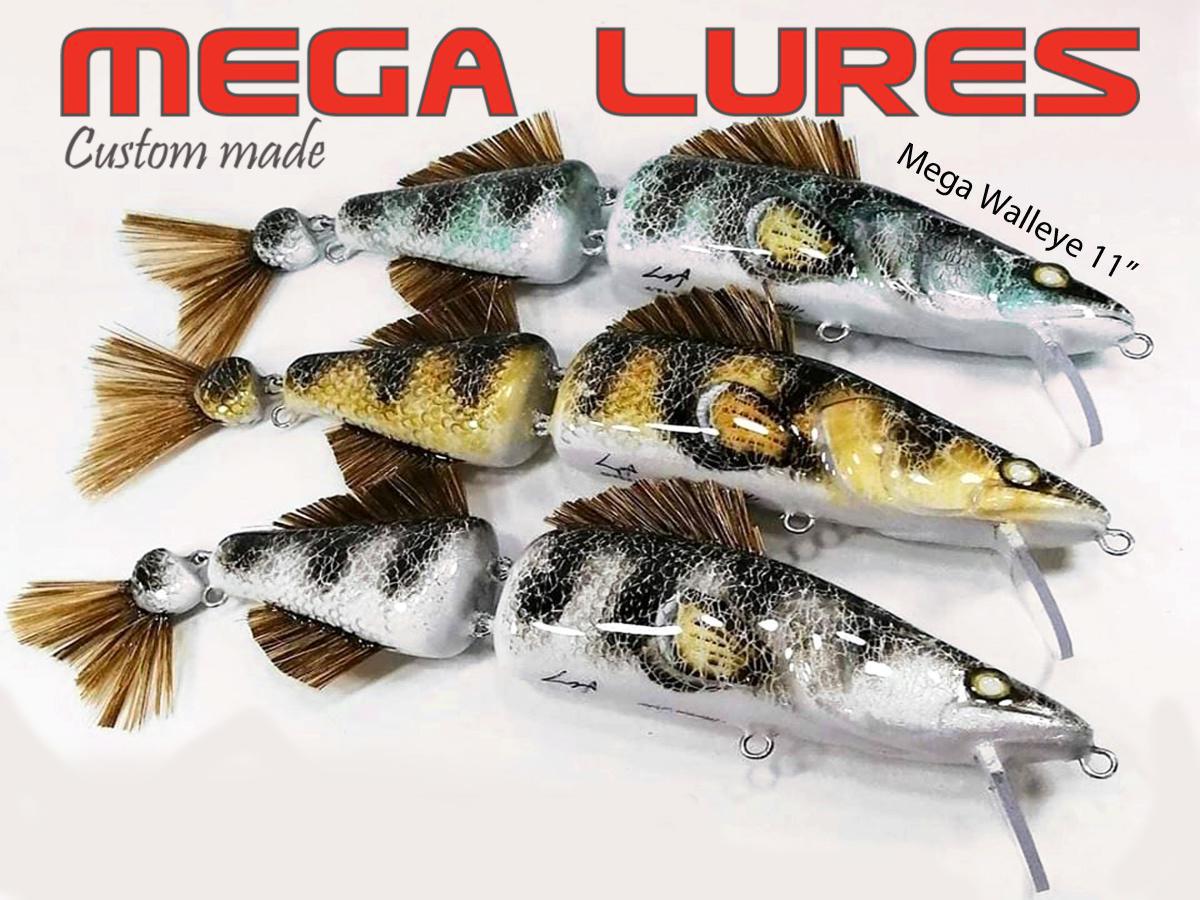When musky anglers refer to the term jerkbait, we think of lures like the Suick, Bobbie Bait, Reef Hawg, GlideRaider and such. Yet bass anglers see jerkbaits as sinking/suspender style minnow baits. Muskie anglers usually call these same lures minnow baits or twitch baits. I tend to agree with the musky fraternity on this. So, jerkbaits mean different things to different folks. But, in order to keep things somewhat in line with how I adapted a bass/walleye tactic to the muskie game, I am going to refer to sinking/suspending minnow baits inside this article as jerkbaits.
Relying on an extensive bass fishing background, I attempted to simply add weight to production floater musky minnow baits like my ShallowRaider. Of course, the bass fishing market offers stick-on lead tape products that can be fastened to the underside belly area of any 3 to 4 inch minnow bait to decrease buoyancy. So, I tried these products but failed simply because the larger lures required far more weight than a small piece of stick-on tape could provide. However, I did discover plumber’s lead tape thru this process, and it worked! Some of the better hardware stores offer plumber’s lead tape in either strips or rolls. I successfully modified both my 5” as well as the larger 7” ShallowRaider into a suspender style jerkbait by attaching an ample amount of plumber’s tape to the underside of the lure.
Amazingly, within hours of creating the 1st suspender version of a 7 inch ShallowRaider that included lead plumber’s tape attached to its belly area, I scored on nice 40 inch class muskie. A video of this incident can be seen on my YouTube channel and it’s entitled “A Plumber’s Trick Catches Muskies”. The excitement of triggering a solid strike on a good muskie soon after the creation of my first suspender musky jerkbait gave me the confidence to continue experimenting, and it eventually lead to the discovery of a much simpler and far more durable weighting system.
While a small strip of lead tape is bound to hold up well on most small bass lures, the concept doesn’t withstand the constant pounding of the muskie game. Not to mention muskie teeth quickly destroy your best work with lead tape in short order. About the time you really get a specific lure dialed in and it starts catching fish, muskies literally destroy it in no time. There simply had to be a better way to create a suspender jerkbait, and the answer turned out to be ridiculously simple. With this in mind, I began changing out various treble hook models, sizes and weights to see if I could reach neutral buoyancy on my own lures. It worked so well that it is now a big part of my overall game. Plus, the fish catching ability of these lures as it relates to this hang-time jerking technique over reluctant muskies was at. Of course, this also depends on using an appropriate wire leader too. Wire leaders are yet another factor that alters the action and weight of these lures. You need to experiment with a variety of leaders in order to achieve suspender success.
What is perhaps most exciting about this technique is how deadly it was on muskies during ALL seasons. I fully expected to tag a few muskies on suspender jerkbaits during the colder water periods of spring and fall, success with extended hang-time on sluggish summer muskies turned out to be the biggest surprise of my July and August film trips. Whenever the bite seemed slow, no matter what the weather and seasonal conditions, I could nearly always trigger at least one good musky strike on a suspender jerkbait.
Perhaps the biggest surprise is how successful this tricky tactic turned out to be around pressured areas. Numerous times this past summer I slipped up on a spot soon after someone else had just casted it with big baits and scored on a muskie using this tactic. More often than not it was with the diminutive five inch minnow bait. Most muskie anglers wouldn’t even consider throwing this version over a big fish spot during peak summer months. Yet it scored consistently day after day.
Summarily, as you hunt for new lures, you might want to simply consider purchasing a good selection of various hook styles and sizes that can quickly be changed out on your current lure inventory. Pour some water into a 3 to 5 gallon bucket in your own workshop or garage at home and attach various hook sizes to your favorite floating lures to see what it does to their buoyancy. Once you successfully create a neutral buoyant version, it is bound to trigger muskies and all sorts of other big gamefish for you when all else fails.
Joe Bucher






